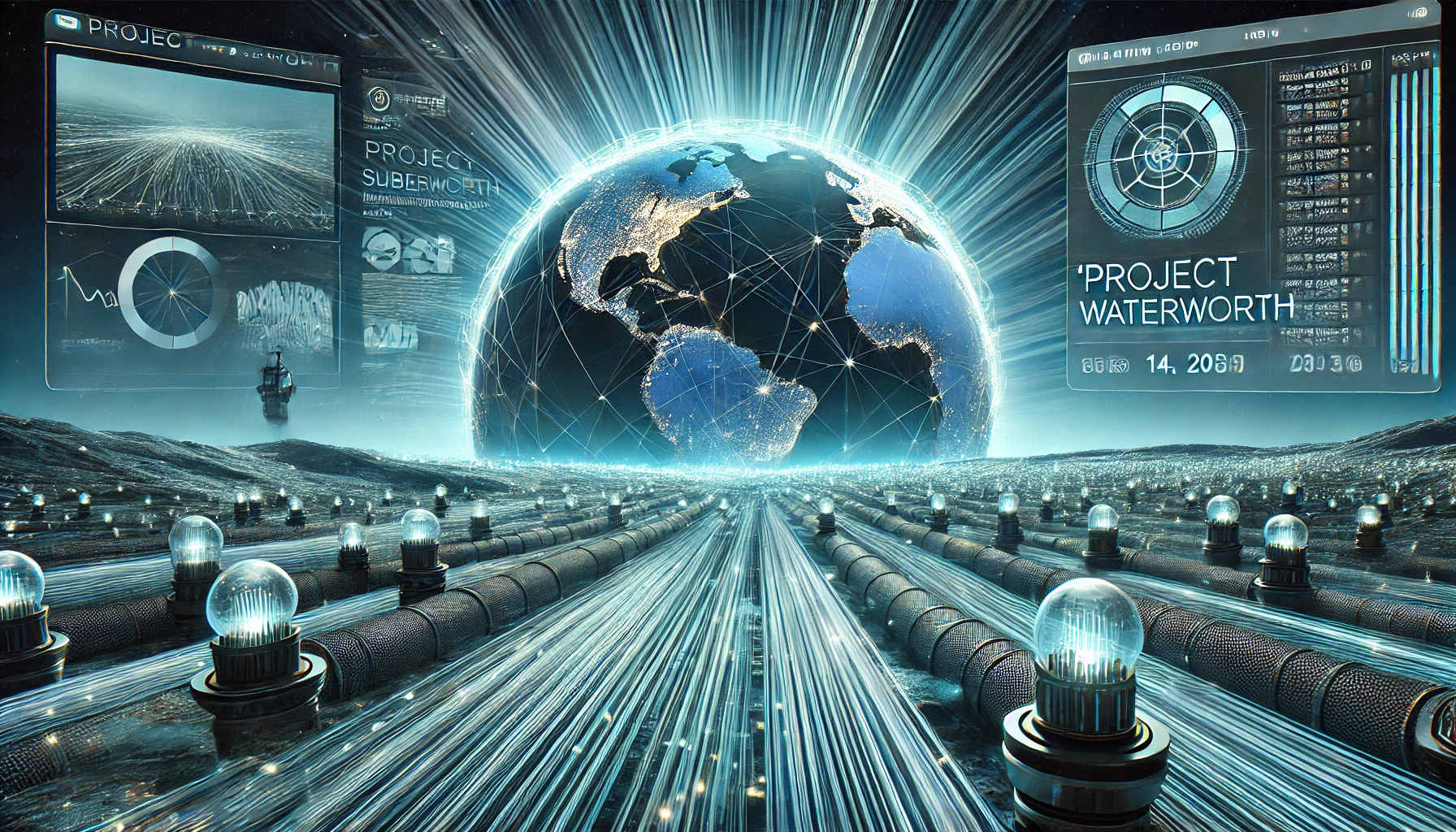On February 14, 2025, Meta officially announced Project Waterworth, its most ambitious subsea cable initiative to date. Spanning 50,000 kilometers, this multi-billion-dollar, multi-year project aims to revolutionize global digital connectivity. Once completed, it will be the world’s longest subsea cable, directly linking key regions across five continents: North America, South America, Africa, Asia, and Australia.
Objectives of Project Waterworth
- Enhancing Global Connectivity
- The project seeks to strengthen digital infrastructure by linking major hubs such as the U.S., India, Brazil, and South Africa.
- It aims to boost economic cooperation, digital inclusion, and technological advancements in these regions.
- Supporting AI Innovation
- The high-capacity cable is designed to meet the growing demands of AI-driven applications and cloud computing.
- It will ensure that AI benefits and digital services are accessible worldwide, particularly in emerging markets.
Engineering and Technical Advancements
- Cutting-Edge Cable Design
- Unlike traditional subsea cables with 8 to 16 fiber pairs, Project Waterworth will feature 24 fiber pairs, significantly increasing data transfer capacity.
- Innovative Routing and Deployment
- The cable will be laid at depths of up to 7,000 meters to optimize efficiency and durability.
- Meta is implementing advanced burial techniques to reduce faults in politically and geographically high-risk areas.
Strategic and Geopolitical Implications
- Geopolitical considerations played a key role in Meta’s decision to build its own subsea infrastructure.
- India’s involvement is notable, with the government supporting the project financially and investing in maintenance and repair operations in the Indian Ocean.
- The initiative aligns with U.S.-India technological cooperation, as outlined in a recent joint statement between U.S. President Donald Trump and Indian Prime Minister Shri Narendra Modi.
Meta’s Growing Presence in Subsea Infrastructure
- Meta is already a part-owner of 16 subsea networks, including the 2Africa cable, a collaborative project with Orange, Vodafone, China Mobile, and MTN.
- Unlike previous ventures, Project Waterworth is wholly owned by Meta, putting it in the same league as Google, which owns several regional subsea cable routes.
- Other tech giants like Amazon and Microsoft remain capacity buyers rather than full owners of subsea cables.
With Project Waterworth, Meta is setting a new standard in global digital infrastructure. By enhancing internet access, supporting AI-driven applications, and reinforcing geopolitical alliances, this initiative underscores Meta’s commitment to bridging connectivity gaps worldwide. As the project unfolds, it will play a crucial role in shaping the future of global digital communication.
Reference: Engineering at Meta

